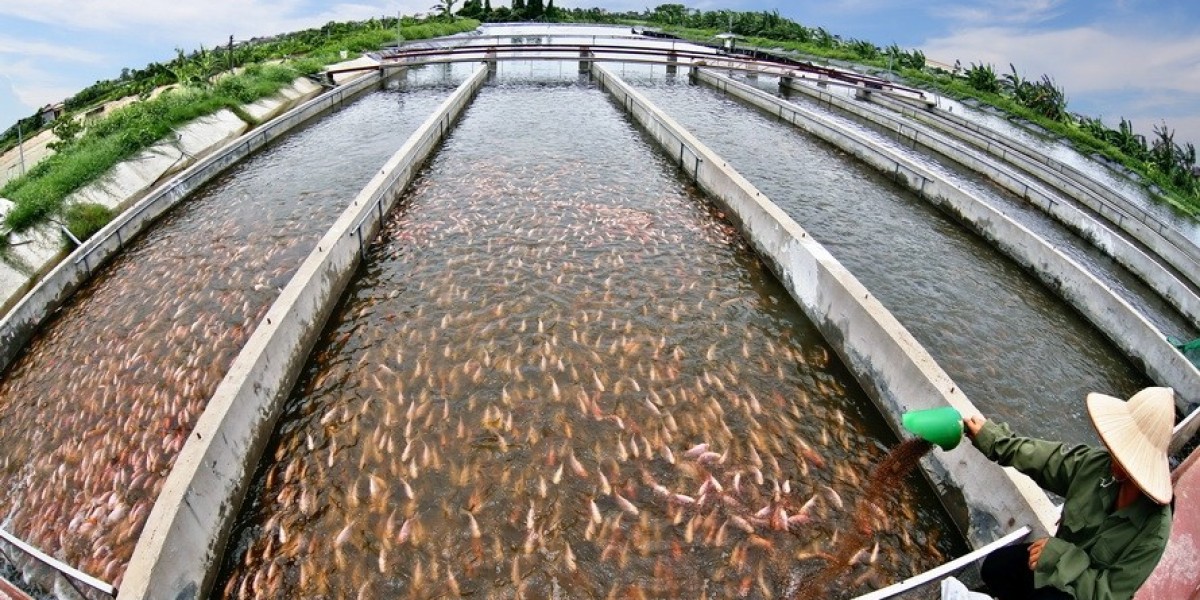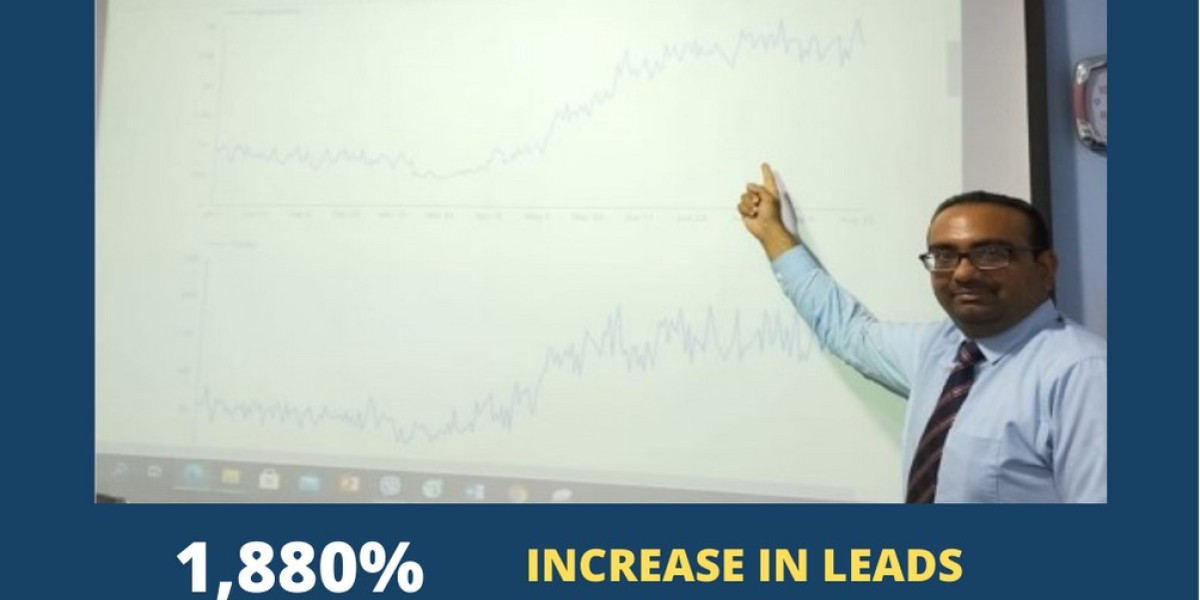The aquaculture market is experiencing significant expansion due to rising seafood consumption, technological advancements, and the growing demand for sustainable food sources. As this market evolves, it's essential to examine its various segments to understand the key drivers and growth areas. This article explores the aquaculture market segmentation, breaking down the key market sectors and highlighting growth opportunities.
1. Market Segmentation Overview
The aquaculture market is diverse, encompassing a wide range of species, production methods, and geographical regions. Segmenting the market helps identify trends, challenges, and opportunities in different areas of the industry. The key segments in the global aquaculture market include:
- By Species Type: Fish, mollusks, and crustaceans.
- By Production Method: Freshwater, marine, and brackish water.
- By Farming Systems: Open-sea, closed systems (Recirculating Aquaculture Systems or RAS), and integrated multi-trophic aquaculture (IMTA).
- By Region: North America, Europe, Asia-Pacific, Latin America, and the Middle East & Africa.
- By Feed Type: Plant-based feed, fishmeal-based feed, and alternative protein-based feed.
2. Segmentation by Species Type
Fish Aquaculture
Fish farming dominates the global aquaculture market, particularly for species like salmon, tilapia, trout, catfish, and carp. These species are primarily farmed in both freshwater and marine environments.
- Salmon: Salmon farming, particularly in countries like Norway, Chile, and Scotland, is a major segment. As consumers in North America, Europe, and Asia seek high-protein diets, salmon is in high demand, and technological innovations in farming systems are increasing yields while reducing environmental impact.
- Tilapia and Catfish: These species are popular in Asia-Pacific and North America. They grow quickly and are well-suited to freshwater farming, making them cost-effective for both small and large-scale operations.
Crustaceans
Shrimp farming is one of the fastest-growing segments in aquaculture, driven by high consumer demand, particularly in the U.S., Europe, and Asia. Major shrimp producers include India, China, Thailand, and Vietnam. The global appetite for farmed shrimp is increasing, and technological advancements are helping address concerns related to diseases and sustainability.
Mollusks
Mollusks, such as oysters, mussels, and clams, are an important sector in aquaculture, especially in Europe and Asia. These species are often farmed using environmentally sustainable methods, as they filter water and require fewer inputs, making them attractive to eco-conscious consumers.
3. Segmentation by Production Method
Aquaculture production methods play a crucial role in determining the sustainability and environmental impact of farming operations. The primary production methods include:
Freshwater Aquaculture
Freshwater farming, which occurs in rivers, lakes, and ponds, is a major contributor to global aquaculture production. Species such as tilapia, catfish, and trout are commonly farmed in freshwater environments.
- Growth Area: Freshwater aquaculture is particularly strong in regions with abundant freshwater resources, such as Asia, North America, and parts of Africa. In emerging markets, such as India and China, freshwater aquaculture is expanding rapidly to meet local seafood demand.
Marine Aquaculture
Marine aquaculture, or mariculture, involves farming fish and shellfish in saltwater environments, such as coastal waters and offshore farms. Species like salmon, sea bass, and mussels are typically farmed in marine environments.
- Growth Area: Marine aquaculture is thriving in countries like Norway, Chile, and Canada, where the demand for farmed seafood is increasing. Innovations in offshore farming systems, including floating fish farms and offshore RAS, are boosting production capacity while reducing environmental impacts.
Brackish Water Aquaculture
Brackish water aquaculture is the farming of species in water with a mix of freshwater and seawater. Common species include shrimp and brackish-water fish like milkfish.
- Growth Area: This sector is growing in regions such as Southeast Asia and parts of South America, where brackish water environments are abundant. Shrimp farming in brackish water is particularly important for global seafood markets.
4. Segmentation by Farming Systems
Open-Sea Farming
Open-sea farming involves raising fish in offshore environments, typically using net cages or pens. This method is commonly used for farming salmon, tuna, and sea bream.
- Growth Area: Offshore aquaculture is expanding as countries like Norway and Chile innovate with open-sea farms that reduce the risks of disease outbreaks and environmental contamination associated with nearshore operations.
Closed-System Farming (RAS)
Closed or semi-closed systems, such as Recirculating Aquaculture Systems (RAS), recycle water within the farm, reducing the need for fresh water and minimizing waste. These systems are particularly well-suited for high-value species like salmon, trout, and shrimp.
- Growth Area: RAS is gaining popularity in North America and Europe due to its ability to offer greater control over environmental conditions and minimize the environmental footprint. Companies investing in RAS technology are seeing a growing market for sustainable and land-based aquaculture.
Integrated Multi-Trophic Aquaculture (IMTA)
IMTA involves farming multiple species from different trophic levels in the same system, often combining fish with shellfish or algae. This method promotes nutrient recycling and reduces environmental impacts by mimicking natural ecosystems.
- Growth Area: IMTA is gaining traction in Canada, China, and parts of Europe as a sustainable farming approach. As sustainability becomes more important in global markets, IMTA provides a viable solution for reducing feed waste and improving farm efficiency.
5. Segmentation by Region
Aquaculture is a global industry, with different regions exhibiting varying strengths based on species, farming methods, and market demand.
Asia-Pacific: Dominates Global Production
Asia-Pacific remains the largest and fastest-growing region in aquaculture, accounting for a significant share of global production. China is the leading producer, followed by India, Vietnam, and Thailand.
- Growth Area: Freshwater aquaculture, particularly for species like tilapia and catfish, is booming in this region, driven by local demand and government support for sustainable practices. Shrimp farming is also growing rapidly in countries like India and Vietnam.
North America: Emphasis on Sustainable Practices
The U.S. and Canada are increasingly focusing on sustainable aquaculture, particularly in species like salmon and shrimp. Innovations in Recirculating Aquaculture Systems (RAS) and offshore farming are contributing to growth in the region.
- Growth Area: The demand for sustainable and traceable seafood is driving the market, and aquaculture farms are investing in new technologies to meet consumer expectations.
Europe: High-Quality Seafood and Sustainability
Europe's aquaculture market is dominated by countries like Norway, Scotland, and Spain. The region focuses on high-value species like salmon and mussels, and sustainability is a top priority for many producers.
- Growth Area: The market for organic aquaculture and eco-friendly certifications is expected to grow, driven by increasing consumer demand for sustainable products.
Latin America: Emerging Market for Aquaculture
Countries like Ecuador, Brazil, and Chile are major producers of shrimp, salmon, and tilapia. The region has significant potential for growth due to favorable climate conditions and available farming resources.
- Growth Area: Shrimp farming in Ecuador and Brazil is expanding, with a growing focus on improving sustainability and minimizing environmental impact.
6. Key Growth Areas in Aquaculture
- Alternative Feeds and Ingredients: The demand for plant-based, insect-based, and algae-based feeds is growing as the industry seeks sustainable alternatives to traditional fishmeal.
- Offshore Aquaculture: The development of offshore farming systems to reduce environmental risks and increase production capacity is a promising growth area.
- Recirculating Aquaculture Systems (RAS): The adoption of RAS technology is increasing as it offers sustainable, land-based fish farming solutions with greater control over environmental conditions.



